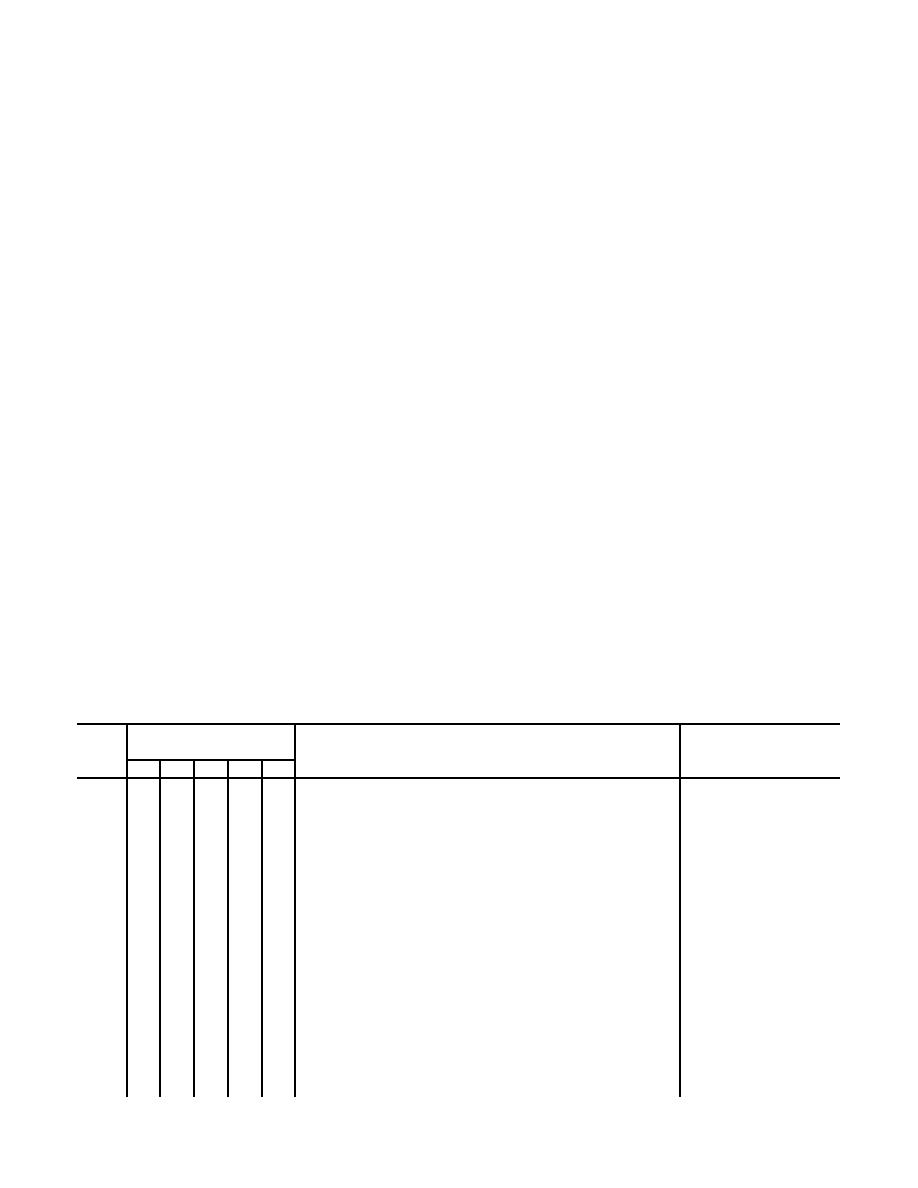
TM 5-3895-342-12
(1) Keep it clean. Dirt, grease, oil, and debris only get in the way and may cover up a serious problem.
Clean as you work and as needed. Use dry-cleaning solvent (SD-2) to clean metal surfaces. Use soap and
water when you clean rubber or plastic material.
(2) Bolts, nuts, and screws . Check them all for obvious looseness, missing, bent, or broken condition.
You can't try them all with a tool, of course, but look for chipped paint, bare metal, or rust around bolt heads. If
you find one you think is loose, tighten it, or report it to organizational maintenance, if you can't tighten it.
(3) Welds. Look for loose or chipped paint, rust, or gaps where parts are welded together. If you find a
bad weld, report it to organizational maintenance.
(4) Electric wires and connectors.. Look for cracked or broken insulation, bare wires, and loose or
broken connectors. Tighten loose connectors and make sure the wires are in good condition.
(5) Hoses and fluid lines.. Look for wear, damage, and leaks. Make sure clamps and fittings are tight.
Wet spots show leaks, of course, but a stain around a fitting or connector can also mean a leak. If a leak
comes from a loose fitting or connector, tighten it. If something is broken or worn out, report it to organizational
maintenance.
j. It is necessary for you to know how fluid leakage affects the status of your equipment. The following
are definitions of the types/classes of leakage you need to know to be able to determine the status of your
equipment. Learn and be familiar with them and REMEMBER When in doubt, notify your supervisor!
Leakage definitions for Operator/Crew PMCS
CLASS I Seepage of fluid (as indicated by wetness or discoloration) not great enough to form drops.
CLASS II Leakage of fluid great enough to form drops but not enough to cause drops to drip from item being
checked/ inspected.
CLASS I Leakage of fluid great enough to form drops that fall from the item being checked/inspected.
CAUTION
Equipment operation is allowable with minor leakage (Class I or II). Of course,
consideration must be given to the fluid capacity in the item/system being
checked/inspected. When in doubt, notify your supervisor.
When operating with Class I or II leaks, continue to check fluid levels as required
in your PMCS.
Class III leaks should be reported to your supervisor or to organizational
maintenance.
Table 3-1. Operator/Crew Preventive Maintenance Checks and Services
B-Before
D-During
A-After
W-Weekly
M-Monthly
Interval
ITEM TO BE INSPECTED
Item
Procedure: Check for and have repaired,
Equipment is not ready/
No.
B
D
A
W
M
filled, or adjusted as needed
available if:
NOTE
PERFORM WEEKLY AS WELL AS BEFORE
PMCS IF:
a. You are the assigned operator but have not oper-
ated the equipment since the last weekly.
b. You are operating the equipment for the first
time.
1
GENERAL
a. Visually check for loose wiring, damaged piping or hoses
b. Check for evidence of fluid leaks (oil, fuel, water).
Class III leaks evident.
No fuel leakage allowed.
2
ENGINE CRANKCASE
Check dipstick for proper oil level. Add oil as necessary to
FULL mark.
3
FUEL STRAINER
Inspect sediment bowl for dirt or water. Clean if contami-
Broken or cracked
nated.
sediment bowl.
Change 2
3-2

